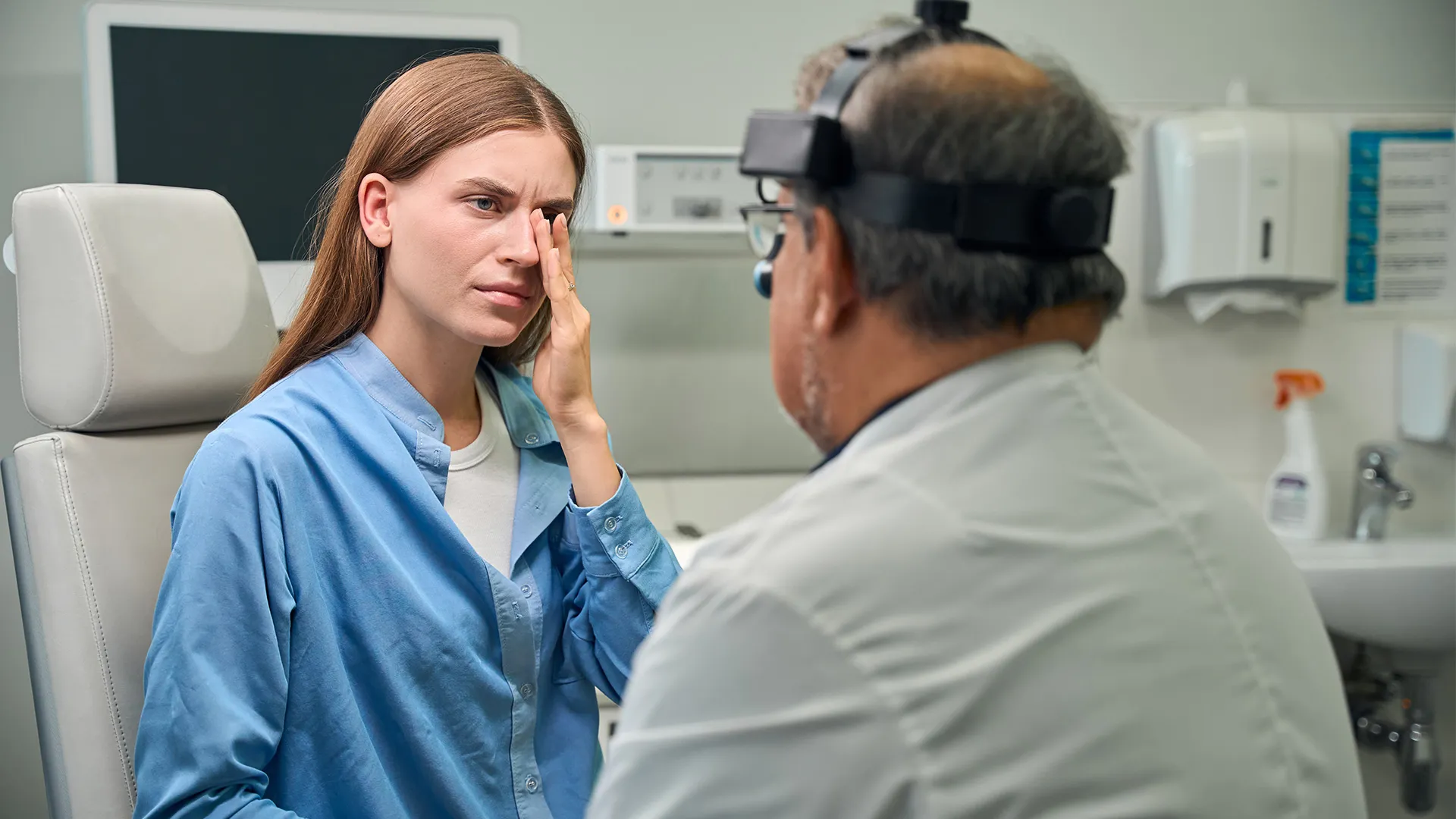Categories
The nice thing about PRK is that even though the vision gets to 20/20 pretty quickly after the contact comes out, it keeps getting better from there. It doesn’t take three months to get a good vision, but the vision keeps improving for three months.
The only special rule during that extended period of time is the need for sunglasses during the first six weeks. It’s important to wear them anytime you’re outdoors during that period. If anyone asks why you’re wearing sunglasses when it’s cloudy, you can tell them you had PRK or that you’re a spy.
Once you’ve gained the supervision achievable with modern PRK, the journey there feels easily worth it according to everyone I talk to who’s had it done. Plus, if you meet someone who has had LASIK, you can feel a sense of superiority because of the journey you took that they skipped. That alone is probably worth the ride.
As mentioned earlier, PRK leaves more of a patient’s cornea intact so those who have thinner corneas may be advised to consider this procedure. There is no blade or laser that is used to make a flap in the cornea as is the case for LASIK. Also, if a patient has a high intraocular eye pressure or IOP (meaning, there is higher pressure in the eyes than what is normal), the IOP may appear to be low with a thin cornea. If left undetected, it may result in vision loss or glaucoma.
While PRK uses the same laser as LASIK, the procedure is much simpler. The eye surgeon gently removes the cornea’s top surface (called epithelium) to expose the stromal layer. Then, a laser is used to reshape the cornea.
It’s as easy as that.
